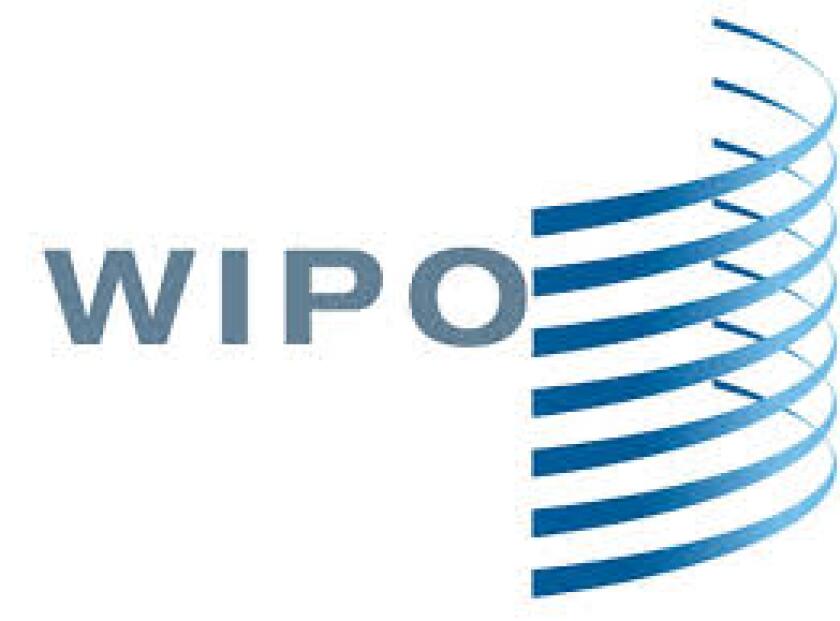Last year it was about Latin America. This year the focus is on Africa. And next year, if all goes to plan, it will be south-east Asia. As David Muls, the new senior director of the Madrid Registry at WIPO in Geneva, says: “The Madrid System is shifting away from being EU-centric. This will be reinforced in the next five to 10 years.”
The System has now expanded to have 95 contracting parties, covering 111 countries, with several more expected to join later this year (see "The geography of Madrid", below). But the move towards being a truly global system is not just about the geographical coverage but also the nature of the users. In this respect, says Muls, it is notable that last year the United States was the biggest single user, ahead of Germany, France and Switzerland. That may be partly driven by the opportunities to protect international marks in Mexico and Colombia.
Expansion and improvements
With further geographical expansion, that globalizing trend is likely to continue. In particular, says Muls: “When the Asean countries have joined, it will be much more interesting for Asian countries to use the System.” Looking further ahead, he hopes further growth will come in Latin America as well as Canada and the Gulf states, which at present are noticeably absent from the Madrid System. In the meantime, Muls is focusing on improving the pendency rate for Madrid transactions at the International Bureau, which has been criticized by some users. Acknowledging that there have been criticisms here, he says “We need to do better on this.” In a new initiative, WIPO will start to disclose the pendency rate for all major Madrid transactions: applications, renewals, subsequent designations, modifications, decisions and corrections. These will be revealed for the first time this afternoon and will then be included as an annex to the program and budget for 2016-17, meaning they will be officially disclosed and members will be able to monitor them. “We have historical data since 2008. Since last year we are also able to zoom in on a monthly basis.” During today’s meeting, Muls will be able to answer questions about pendency and will also provide more information about WIPO’s targets and a new measurable category for customer enquiries.
Further reforms are coming in the shape of new IT functionality. Muls says a new, “much better”, e-renewal system is being launched, and “good progress” is being made on e-filing. The Benelux and Australia offices already support this, and more offices of origin are expected to follow them, including OHIM. “In the next few years we are going to push e-filing with several offices of origin and the goal is to get as many as possible to take this up,” he says.
Other IT improvements will include seven new e-forms, for tasks such as change of address and subsequent designations. These are being tested with examiners and some users. There is also a new ROMARIN system and new rules on continued processing, which effectively provide a grace period if certain deadlines are missed.
That’s quite a lot of changes, and WIPO staff will be available to answer questions from users today. Muls, who joined the Madrid Registry from the Patent Cooperation Treaty division at WIPO in 2013, says that continued reform is necessary to make sure Madrid remains relevant and efficient for users, as the System continues to grow: “It’s a complete system to manage the whole life cycle of the trademark. The system becomes more powerful as you can cover more countries centrally.”
The Madrid System Users Meeting takes place from 11:00 am to 1:00 pm today. For more on Madrid, visit INTA’s Practitioner’s Guide to the Madrid Agreement and Madrid Protocol at www.inta.org/madridprotocol.
The geography of Madrid
The most recent parties to join Madrid will all be represented at today’s meeting. Zimbabwe and Organisation Africaine de la Propriété Intellectuelle (OAPI) both joined last December, while Cambodia followed them in March this year. The accession of OAPI in particular expands coverage of the system in Africa, adding 17 mainly French-speaking countries. However, practitioners in the region have raised questions about the constitutionality of the accession and whether international registrations will be recognized in all the OAPI countries. The Office has responded, publishing a statement rebutting those questions. “We cannot intervene. It is a constitutional question for OAPI,” says Muls, who adds that OAPI’s Director General Paulin Edou Edou will be available to answer questions today.
There have also been questions raised about the accession of Zimbabwe and eight other member states in Africa. In this respect, said Muls, it is notable that Ghana has recently adopted Madrid-compatible legislation: “The office is now working with the International Bureau to improve the operational process.” Zimbabwe’s Controller of Patents, Trademarks and Industrial Designs, Fidelis Maredza, will provide further information today. Malawi and Gambia may be the next African countries to join Madrid.
Cambodia’s membership of Madrid is the first of what is expected to be a rush of accessions from the Asean member states, all of whom are committed to joining the System if they have not done so already. By the end of this year, all of them are expected to have done so, with the possible exceptions of Thailand and Myanmar. Sim Sokheng, Director of the Department of Intellectual Property Rights in Cambodia’s Ministry of Commerce, will be attending the meeting today.
Looking further afield, Canada is also expected to progress towards joining Madrid this year, following the passage of its new Trademarks Act.










